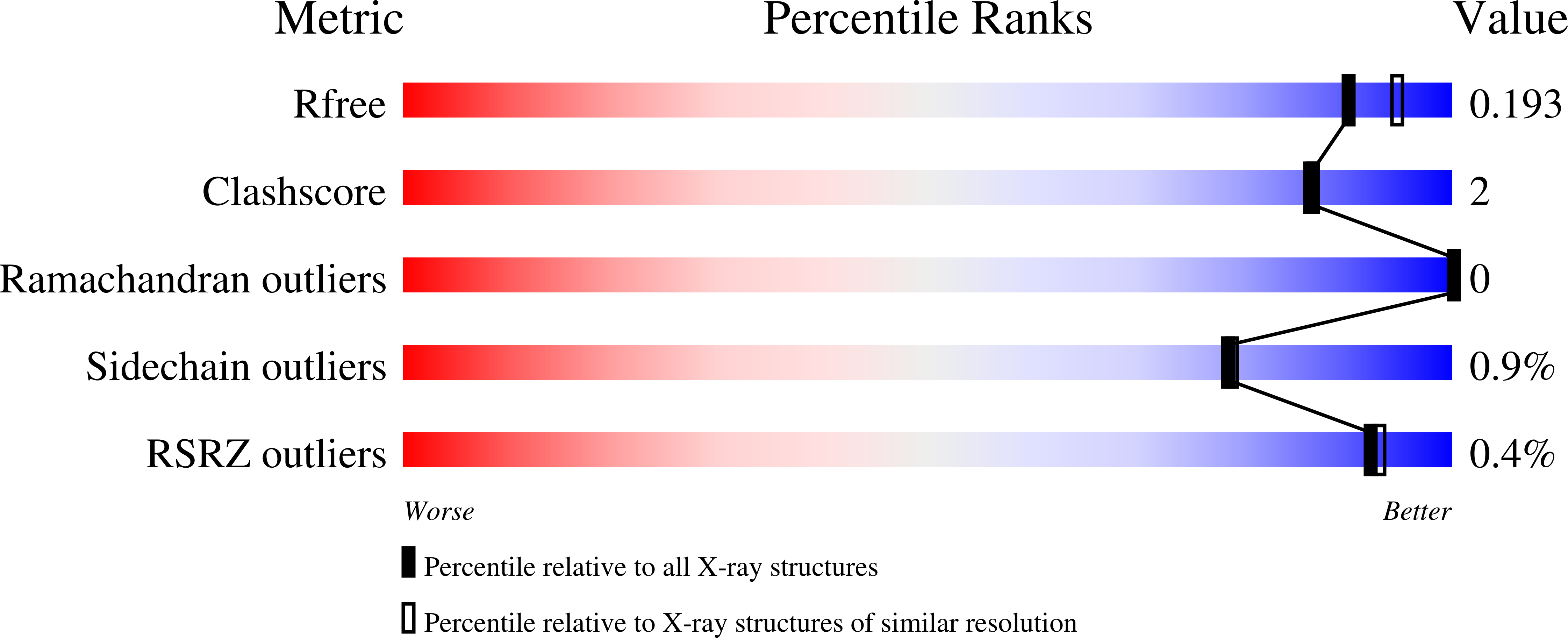
Deposition Date
2022-05-11
Release Date
2023-01-18
Last Version Date
2024-11-06
Entry Detail
PDB ID:
7ZTL
Keywords:
Title:
Crystal structure of a covalently linked Aurora-A N-Myc complex
Biological Source:
Source Organism:
Homo sapiens (Taxon ID: 9606)
Host Organism:
Method Details:
Experimental Method:
Resolution:
1.90 Å
R-Value Free:
0.19
R-Value Work:
0.16
R-Value Observed:
0.16
Space Group:
P 32 2 1


